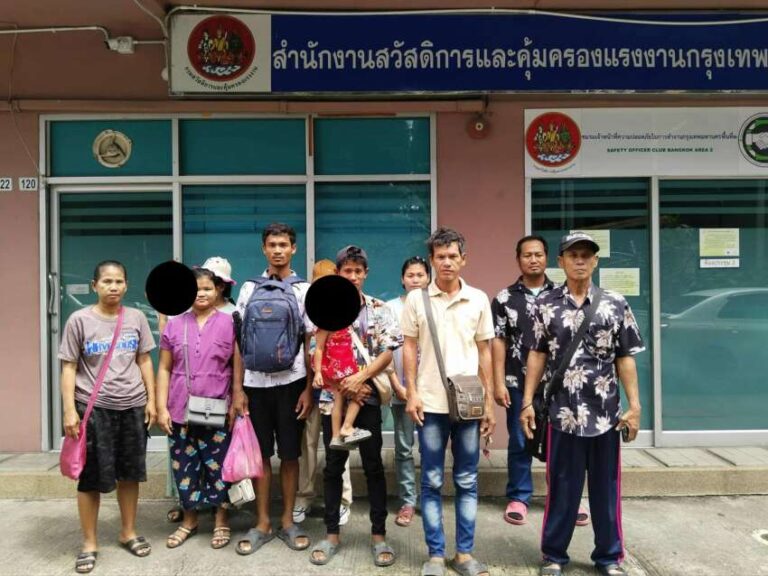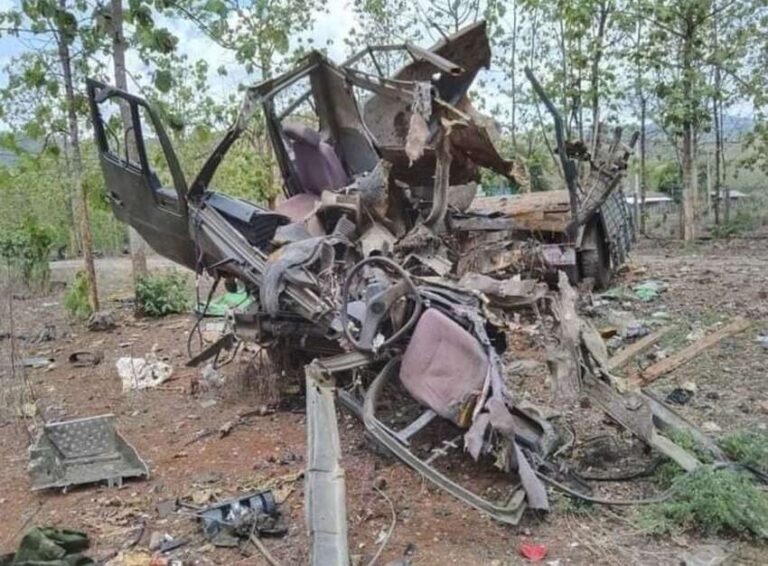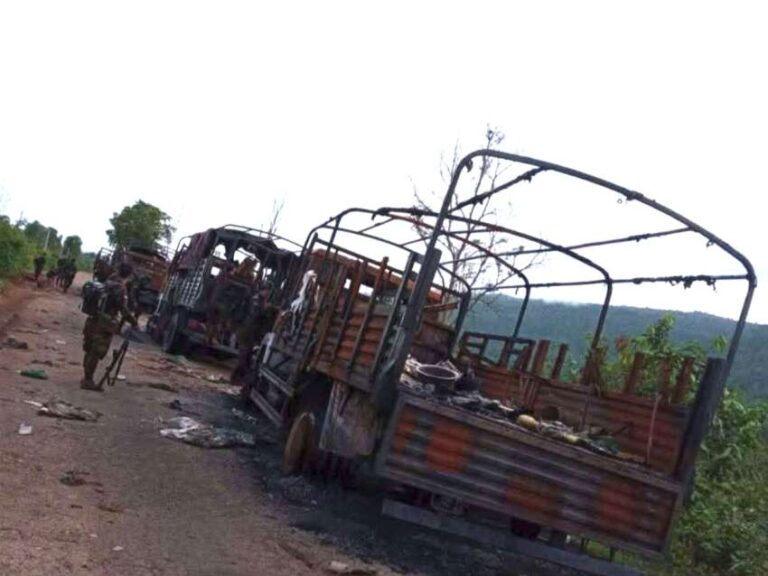
Two moderate earthquakes struck Myanmar as the country marked three months since the powerful 7.7 magnitude Sagaing earthquake that occurred on March 28. According to local residents and official reports, the tremors were felt late on June 28 and early June 29. The first quake occurred at 11:31 PM on June 28, while the second struck at 12:57 AM on June 29.
According to a statement from the National Unity Government’s Ministry of Humanitarian Affairs and Disaster Management, the earthquake that struck at 12:57 AM on June 29 was a moderate 4.8 magnitude tremor centered near Myittha town in Mandalay Region, with a depth of 10 kilometers. Residents in Kyaukse, Pyin Oo Lwin, and Myittha townships reported feeling significant tremors from this earthquake. Many people in Kyaukse city evacuated their buildings and remained outside until dawn, unable to sleep due to concerns about aftershocks.
Local residents in Kyaukse reported that the earthquake was accompanied by loud noises and was distinctly felt throughout the area. A resident from Kyaukse explained that many people who lived in apartment buildings evacuated to the streets and stayed awake until morning due to safety concerns. In Mandalay city, residents also reported feeling the 11:31 PM tremor significantly, with one resident describing it as a sudden jolt that frightened household members, though the brief duration meant most people did not need to evacuate their homes.
Since the major 7.7 magnitude Sagaing earthquake on March 28, Myanmar has experienced a total of 195 aftershocks and seismic events across the country, according to the Department of Meteorology and Hydrology. The original major earthquake caused significant damage to structures, including the notable tilting of the Saint Pan Condominium project in Mandalay, along with various other structural damages throughout the affected regions. These recent moderate earthquakes serve as a reminder of the ongoing seismic activity in the region, prompting continued vigilance among residents in earthquake-prone areas.



